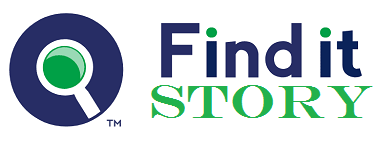Flatbed printers are digital printers popular for homes and small businesses. They can be used to print photos, art, and even text documents if you have the right software installed on your computer.
Flatbed printers are usually more affordable than other types of printers today because they don’t require special ink cartridges or toner refills.
Printer Features
There are three main aspects to consider when buying a flatbed printer:
- Printing speed. The average printing speed for most printers is around 11 pages per minute. It’s important to find out whether the printer you’re considering can handle your needs, as the print quality may be compromised if the machine can’t keep up with your speed requirements.
- Printing resolution and quality. Resolution refers to how fine an image can be printed on paper. At the same time, quality measures how accurately colors are reproduced on paper and whether there are any artifacts present (such as jagged edges). The higher these numbers are, the better your prints will look—but they’ll also cost more ink cartridges!
- Cost vs. Value Ratio If you want to print high volumes of documents at home or work, you should invest in a high-quality but affordable flatbed model like [this one].
Printer Size
The size of your printer is measured in inches and can range anywhere from 11″ x 17″ to 47″ x 67″.
Printers vary in size, shape, and use. A typical desktop printer will have a flatbed design with a maximum print width of 12.7″. If you are looking to print large posters or large format photos, then this type of printer would be ideal for you. A roll-fed printer is also available if you plan on printing on rolls up to 17″. This type of printer has a maximum width of 26″ wide to accommodate larger media sizes, such as banners and posters, without any problems.
If your work requires high-volume output, then the heavy-duty models may be best suited for your needs. These printers typically feature a more extended build space than other models, allowing them to produce faster results without compromising quality or efficiency.
Budget
Before you buy any printer, it’s essential to consider the cost. The initial cost of a flatbed printer can vary depending on its make and model.
Consumables (ink or toner) are typically more expensive for flatbed printers than they are for other types of printers. This is because a flatbed uses sublimation ink instead of toner (which contains tiny particles that aren’t affected by heat).
Ink tends to dry out faster than toner due to its lower viscosity—it also requires more frequent replacement when printing color photos or graphics with high levels of detail.
Another significant consideration is maintenance costs. Many models require less maintenance than others; however, all will need regular cleaning and calibration to maintain optimum performance over time.
Sublimation Ink Type
A flatbed printer’s ink type and capacity will determine its cost, print speed, and print quality. Printer manufacturers offer different types of inks: eco solvent– based or water-based. The most common ink type is solvent-based since it provides a high-quality printout with fast dry time (under 30 seconds).
However, this method comes with several disadvantages, such as poor color gamut, long dry time, and toxic fumes during printing. Water-based inks are usually used for shorter runs when producing decals or signs due to their ability to withstand weather conditions over more extended periods of time without fading away.
Conclusion
With all the options available, choosing the right printer with textile inkjet inks for your business can be difficult. However, by taking into account factors such as ink type and size, you will be able to find a printer that suits all of your needs.

